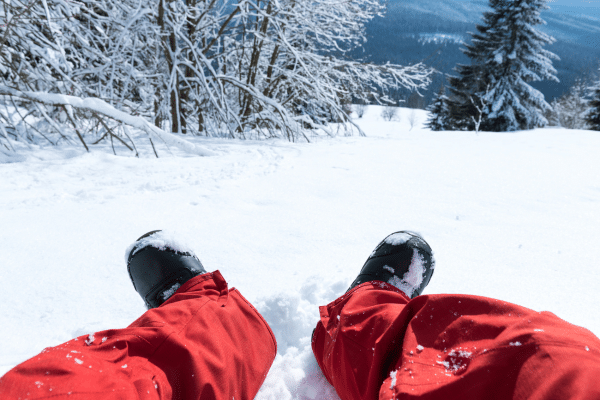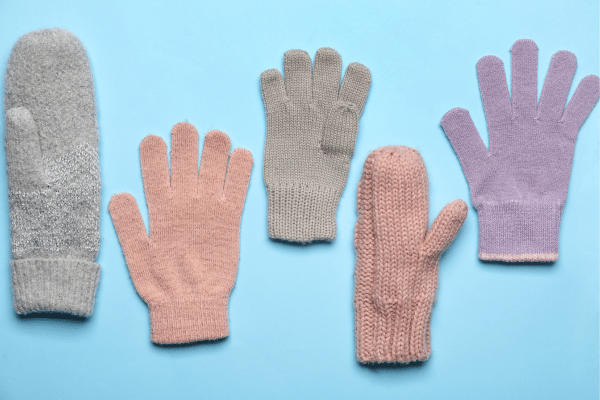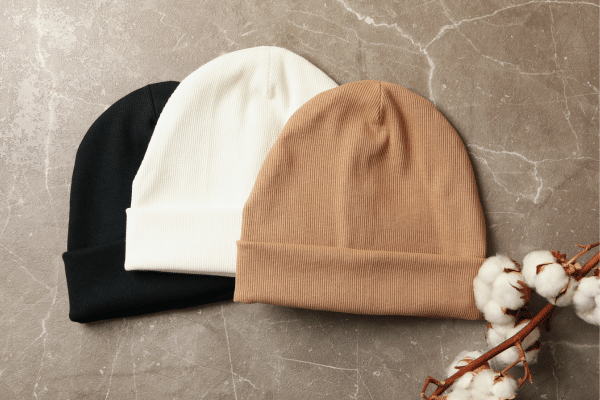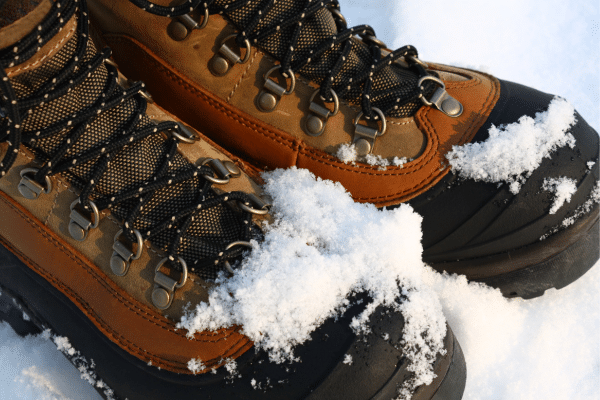Winter clothes are essential for braving the cold and harsh conditions of the season. The selection of appropriate attire, including layers and accessories, is crucial for maintaining warmth and comfort during winter months. This guide focuses on the indispensable winter clothes that everyone should have in their wardrobe. From insulated snow pants for outdoor adventures to thermal underwear for a base layer of warmth, each item plays a vital role in combating the cold. Understanding the features and benefits of various winter clothes will help in making informed decisions for seasonal preparation. Therefore, this article explores the key pieces of winter clothing necessary for staying warm and protected in the frosty weather.
Contents
Snow Pants

Snow pants are indispensable for anyone planning to engage in winter sports or activities in snowy conditions. They provide not only warmth but also protection from wet and cold environments. Quality snow pants are designed with waterproof and breathable fabrics, ensuring that moisture is kept at bay while allowing for adequate air circulation. This functionality prevents overheating during physical exertion and keeps the body dry from external snow and internal perspiration. Additionally, features like reinforced seams and padded areas offer extra durability and comfort during activities such as skiing, snowboarding, and sledding.
Selecting the right snow pants involves considering factors like insulation type, waterproof rating, and fit. Insulated snow pants offer added warmth, which is crucial for colder climates or less active use, while shell-type pants are lighter and more versatile, suitable for layering according to weather conditions. The waterproof rating indicates how well the pants will resist moisture, essential for maintaining dryness in wet snow or rain. Fit is also critical, as well-fitting snow pants enhance mobility and comfort, ensuring that winter adventures are enjoyable rather than cumbersome.
Gloves And Mittens

Gloves and mittens are critical for keeping hands warm and functional in cold weather. While gloves provide individual finger mobility, mittens keep fingers together, often resulting in greater warmth. Materials range from leather and synthetic to wool and down, each offering different levels of insulation and waterproofing. For winter sports enthusiasts, features like reinforced palms and fingers are beneficial for durability and grip. Furthermore, gloves and mittens with adjustable wrist straps and cuffs can prevent snow from entering and provide a snug fit.
The choice between gloves and mittens should be based on personal preference and activity level. Gloves are preferable for activities requiring dexterity, such as driving or handling equipment, while mittens are better for maximum warmth during low-activity exposure to cold. Insulated and waterproof options are paramount for those spending extended periods outdoors in winter weather. Additionally, some gloves and mittens come with touch-screen compatibility, a convenient feature for using smartphones without exposing hands to the cold.
Thermal Underwear

Thermal underwear serves as the foundational layer in winter dressing, trapping body heat to maintain a warm core temperature. Made from materials like wool, synthetic fibers, or a blend of both, thermal wear is designed to offer warmth without bulkiness. It fits snugly against the skin, allowing for maximum heat retention and minimal heat loss. The right thermal underwear can make a significant difference in comfort and warmth, especially in extreme cold conditions.
Choosing thermal underwear requires attention to material, weight, and fit. Wool, for instance, is renowned for its natural insulating properties and moisture-wicking capabilities, keeping the body warm and dry. Synthetic materials, on the other hand, are quick-drying and durable, suitable for intense physical activities. The weight of the fabric should correspond to the intended level of activity and external temperatures, with heavier weights offering more insulation for colder environments. A proper fit ensures effective thermal insulation and comfort, making it a critical factor in the selection process.
Hats And Beanies

Headwear, such as hats and beanies, plays a vital role in retaining body heat, as a significant amount of heat loss occurs through the head. Materials like wool, fleece, and synthetic blends are popular for their warmth and comfort. Hats and beanies come in various styles, providing options to cover the ears, forehead, and, in some cases, the neck. This versatility makes them suitable for different winter conditions and personal preferences. Moreover, headwear can be both a functional and fashionable addition to winter attire, allowing for personal expression while staying warm.
When selecting a hat or beanie, the key considerations should include warmth, fit, and coverage. A well-fitted hat will stay securely in place, even in windy conditions, and provide consistent insulation. Coverage is important, as designs that cover more of the head and ears offer better protection against the cold. Additionally, some hats come with additional features like windproof linings and water-resistant materials, enhancing their effectiveness in winter weather.
Winter Coats

A high-quality winter coat is crucial for combating the cold, offering both insulation and protection from wind, snow, and rain. The right coat serves as a barrier against harsh weather, with features like windproof exteriors and waterproof membranes. Insulation, whether down or synthetic, plays a key role in heat retention, making it essential for staying warm in frigid temperatures. Coats come in various lengths and styles, allowing for selection based on personal preference and weather severity. Pockets, adjustable cuffs, and hoods add functionality and enhance protection against the elements.
When shopping for winter coats, consider the climate and the coat’s intended use. For extreme cold and snowy conditions, parkas with a longer length and robust insulation are ideal. Down jackets offer excellent warmth-to-weight ratios, suitable for those who need both warmth and mobility. Synthetic insulation can retain heat even when wet, making it a reliable option in damp climates. The coat’s fit should allow for layering underneath without restricting movement, ensuring comfort and adaptability in various outdoor activities.
Scarves And Neck Warmers

Scarves and neck warmers are essential for sealing in warmth and protecting against chilly winds. These accessories can be made from various materials, such as wool, fleece, and synthetic fabrics, each offering different levels of warmth and comfort. They can be styled in multiple ways to cover the neck, face, and even the head, providing versatility and added protection in cold climates. Furthermore, scarves and neck warmers can add a pop of color or pattern to winter outfits, combining functionality with fashion.
Choosing the right scarf or neck warmer depends on the intended use and personal style preferences. For those exposed to severe cold, thicker, longer scarves offer the ability to wrap multiple layers around the neck and face. Neck warmers, often made from stretchable materials, provide a snug fit and easy wear, ideal for active winter sports. Both options should be breathable, yet capable of retaining heat, ensuring comfort during outdoor winter activities.
Waterproof Boots

Waterproof boots are essential for keeping feet dry and warm during winter months. These boots are designed with materials that prevent water from entering while providing insulation to retain heat. The soles are typically made of non-slip rubber, offering stability and grip on icy surfaces. High-quality waterproof boots not only safeguard against moisture but also provide adequate ankle support, reducing the risk of injuries in slippery conditions. The choice of boots can significantly affect one’s comfort and mobility in winter environments.
Selecting the right waterproof boots involves considering the boot’s height, insulation, and material. Taller boots offer more protection against deep snow, while insulated boots ensure warmth in cold temperatures. Materials like leather and synthetic blends offer durability and water resistance. Additionally, features such as thermal linings and padded insoles can enhance warmth and comfort. It’s important to try boots on with winter socks to ensure a proper fit, which is crucial for maintaining circulation and warmth in cold weather.
The Bottom Line
Navigating the winter months comfortably necessitates a wardrobe equipped with the right attire. Essential items like snow pants, thermal underwear, winter coats, waterproof boots, gloves or mittens, and headwear form the core of effective winter dressing, safeguarding against the cold and wet conditions. Investing in quality winter clothing not only enhances comfort but also ensures safety in potentially harsh weather. As each piece serves a unique purpose, from providing basic warmth to offering specific protection, the right combination can make the winter experience enjoyable and bearable. Ultimately, preparing for winter means prioritizing warmth, durability, and functionality in clothing choices, ensuring that one can face the season’s challenges with confidence and ease.